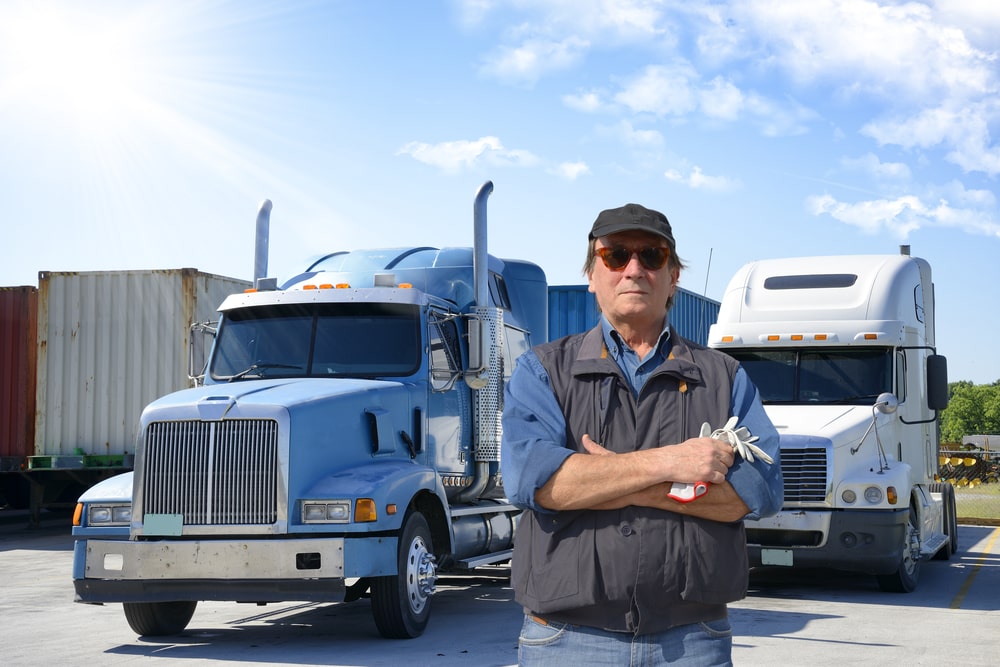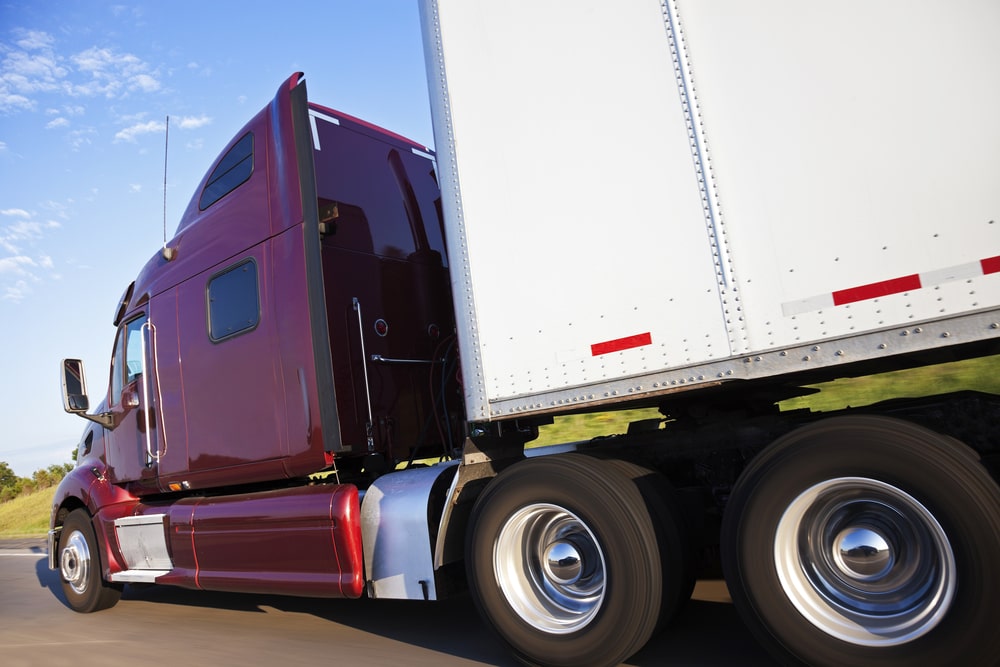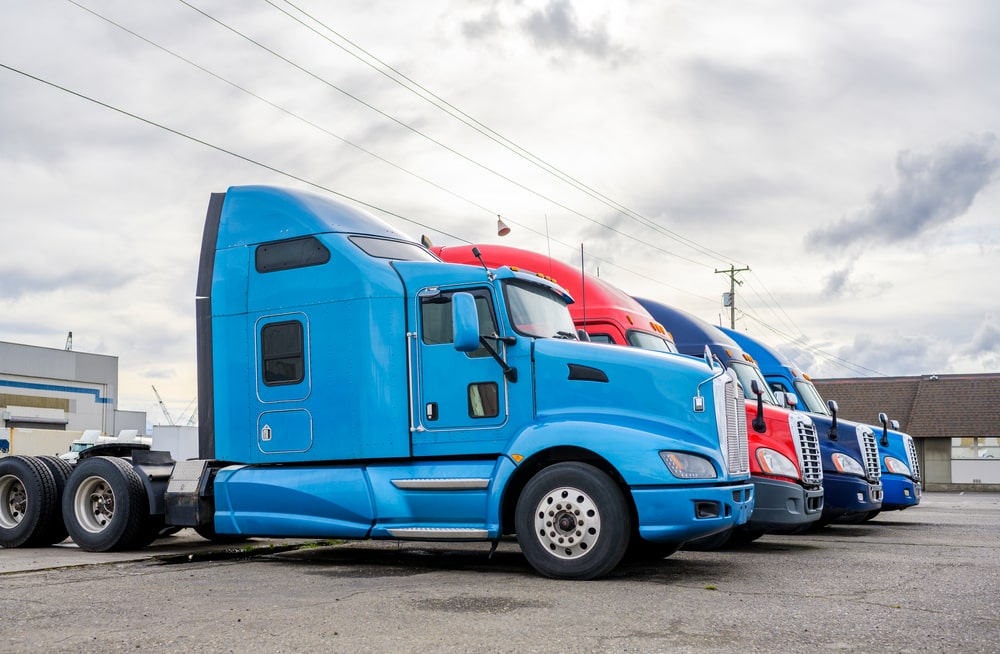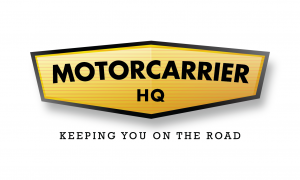January 4, 2022
How Hot Shot Trucking Works and What You’ll Need to Get Started

Have you ever considered becoming a hot shot trucker? Hot shot trucking serves businesses in need of sudden, immediate shipping and provides a common entry point for drivers looking to establish themselves in the trucking industry.
Hot shot loads are generally accepted by independent drivers who own and drive their own vehicles and can take on jobs requiring efficient, start-to-finish delivery. This expedited method of transporting goods typically applies to time-sensitive, less-than-a-truckload (LTL) loads. Things like medical equipment, a specific replacement part, or important mechanical components may call on a hot shot trucker for direct, immediate delivery. Some other common items hauled by hot shots are camping trailers and cars.
If you’re considering hot shot trucking, here’s a look at everything aspiring drivers need to know about taking on hot shot jobs, obtaining the necessary equipment and licenses, and various methods current drivers employ to find and accept well-paying loads across the country.
What it Means to Be a Hot Shot Trucker
Hot shot trucking is one avenue for drivers to become owner-operators, or truck drivers who own and manage their own independent shipping businesses, without the need for purchasing or leasing their own Class 8 truck (which can be prohibitively expensive). New hot shot drivers can also lease with a company to share some of the maintenance, insurance, and everyday operating responsibilities with an established entity.
As an independent hot shot driver, you have complete control over your routes, jobs, and work schedule. Thanks to the time sensitivity of hot shot loads, these jobs tend to pay better and can often afford drivers opportunities to remain relatively close to home by completing local or regional jobs with good rates. Combined with the lower start-up cost (compared to being an owner-operator of a full-sized semi), hot shot truckers who reliably deliver loads under tight deadlines can develop a lucrative career in shipping without ever setting foot inside a Class 8 vehicle.
How to Get Started
If you’re ready to give hot shot trucking a go, here is a step-by-step guide on what to do next.
Documents and Other Requirements Needed to Begin
Obtain your CDL
While a Commercial Drivers License is not technically required to haul loads in vehicles under 26,000 lbs (or in some states, under 10,000 lbs), obtaining a CDL is generally good practice — even if you plan to haul freight in your privately owned and operated F250. A valid CDL can help drivers haul freight across state lines with ease and avoid potential headaches with authorities. Plus it opens doors to larger loads, which means you’ll have an easier time finding freight.
Have a valid USDOT Number
Interstate drivers and those hauling hazardous materials are also required to obtain a valid USDOT number and an MC (Operating Authority). Additionally, loads of any size still require a current commercial license plate from your home state. If loads ever exceed 26,000 lbs, additional documents and plates are required.
Stay up to date with a DOT Medical Card
Even as an independent operator, the DOT needs to make certain of a drivers’ ability to safely deliver LTL freight. Drivers must complete a routine physical examination to acquire a DOT medical card, and obtain proper insurance coverage either through leasing with another company or setting up their own private LLC. Medical cards are required if you are hauling loads over 10,000 lbs, even if you aren’t required to have a CDL.
Owning and Operating the Tools of the Trade
Aside from the necessary paperwork and licenses above, the biggest step toward becoming a hot shot trucker is acquiring a truck capable of handling a variety of jobs. The go-to for hot shot loads is at least a ¾ ton super-duty pickup (or equivalent) with a 40-foot gooseneck trailer. Class 8 semis are often too expensive for new drivers to own or even lease even after years of establishing themselves in the industry, which makes the heavy-duty pickup and gooseneck trailer a great starter combo.
In addition to a versatile truck and trailer, you’ll need all the necessary tools required to secure loads for long distances and protect them against the elements. Tarps, straps, and heavy-duty chains are prerequisites to taking on your first load as a hot shot trucker.
Use Job Boards to Build Your Business and Expand Your Network
Load boards
For drivers taking initial steps into the competitive hot shot industry, load boards are the first stop for up-to-date, time-sensitive shipping opportunities. Load boards generally operate under a monthly subscription model for the right to access information on available shipping lanes and rates. Subscribing to multiple load boards increases your odds of finding a foothold as a new driver, and can aid those seeking to stay close to home with finding more frequent local jobs.
Networking
Of course, job boards aren’t only the entryway to an industry that relies heavily on communication and trust among drivers and brokers. As a hot shot trucker, one of the most advantageous skills you can cultivate as you build your reputation is your capacity for networking. Hot shot trucking is a business, and establishing business relationships with shippers and brokers by routinely and reliably carrying their freight within deadlines will earn you more of their business in the future.
Work with a dispatcher
Those brand new to hot shot trucking can also partner with a dispatcher, who will have several of these business relationships already in place. Dispatch services cut into your profits, but they can be a helpful alternative to scrounging for your initial hot shot jobs and will often take care of some administrative responsibilities like invoicing and collection. When first getting started, look for a dispatcher with experience helping hot shot truckers navigate their first year in business, when it is harder to find shippers willing to let your carrier their loads.
Why Communication Is Key to Successful Hot Shot Trucking
Once you’ve taken the steps to become a hot shot trucker, it’s important to keep your business thriving through frequent communication with brokers. Depending on how a shipment is being tracked, there will likely be some technological component keeping brokers updated on your progress, but real-time updates from a driver at each stage of delivery can quickly earn you favor with your clients.
After you’ve successfully delivered freight for one broker a handful of times, you can expect a certain rapport in exchange for a job well done — the kind that can lead to better rates and first crack at new jobs down the road thanks to your budding reputation. Brokers want to organize freight delivery with drivers they can trust to deliver on time and communicate clearly when something goes wrong.
Much of the appeal to hot shot trucking rests with its lower barrier-to-entry than traditional Class 8 trucking, but the trade-off is an extra emphasis on time-sensitive deliveries. Gain a rep for reliable, timely driving and your career as a new hot shot driver will be full of promise.
The Takeaway
Hot shot trucking is a great way to get started in the industry without owning or operating a Class 8 vehicle. Once you’ve filed the necessary paperwork, acquired the right equipment, and found a reliable source for new loads, all that’s left to do is stay consistent, communicate frequently with brokers, and keep on hauling.
Ready to Get Started?
If you want to become your own boss and be an independent owner operator, get in touch with the coaches at Motor Carrier HQ! We’ll help you create a game plan from start to finish, and help you get your trucking authority (MC Number), DOT Number, and so much more!




